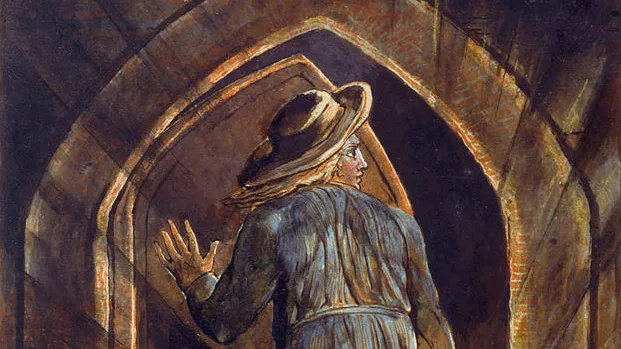The business of writing is a tricky subject. It’s all wrapped up with questions about career, income, the future, and other uncertainties. So, as we approach this course, I’d like you to experience — as much as possible — an open environment for you to explore these questions. Because if you are like most people, the twists and turns of your career are unforeseeable. Different kinds of professional activities lead in unexpected directions, and you find yourself doing things that you never thought. And so, when we think about the business of writing, we should not view this as a straightforward path with concrete steps. That’s not the experience of most people who work professionally in arts and culture. Instead, the vast majority of such people find themselves on paths that are meandering, have much uncertainty, and are festooned with twists and turns. Surprising things happen. Synchronicities appear — because of the openness to possibilities that people bring.
I’d like to begin with the perspective that nobody really knows where they’re going. Nobody knows what a career in the arts might look like. That’s a good place to start. It offers space to explore, to see what happens. If you’ve been in my class before, you will be familiar with this basic approach: that the course is an environment in which you are encouraged to explore a few different things, to read as much as you can, to do some reflection, and just let the thing unfold in its own way.
And so, as we consider particular elements of this class, one of the things I want to emphasize is how you might approach the weekly creative activities through this lens of uncertainty and exploration. Each week, you will see a suggested creative activity. If you’ve been in my class before, you might well have done this activity before, or some version of it. You are welcome to do it again, or do the version of it that’s proposed for the week. Or you can adapt it in some way; that’s fine. But you might want to do something different. In particular, if there is an author or artist whose career you want to emulate — someone whose version of success closely matches what you want to achieve as a professional — then you might be familiar with what that person did, or does, creatively speaking, to keep themselves connected to the creative spark inside themselves. Maybe they go for walks, or maybe they practice knitting or yoga, or maybe they hike or do photography or whatever. It’s very, very common for professional creative artists to do something creatively that’s not directly connected to the career work that they do. So, if there is an author or an artist whose career you wish to emulate, you can try to do the creative practices that they do. What keeps them creatively engaged? For most well-known authors, you can find out what they are interested in — the stuff they do that they say helps them with their well-being and their creativity. This goes beyond their writing, their career, or the income they make from the work.
Do the suggested weekly activity if you want; no problem. But feel free to substitute that creative activity with something from the universe of the author whose work you want to emulate. My goal here is to get you thinking about and experimenting with what professional creative people do. The vast majority of them have some kind of practice, or various practices. They do something. Try what they do. See what happens.
If you get stuck, or if you’re not sure, or if you start something and then you’re not sure: by all means, let me know. I’ll be happy to talk with you about it and help you figure it out.
